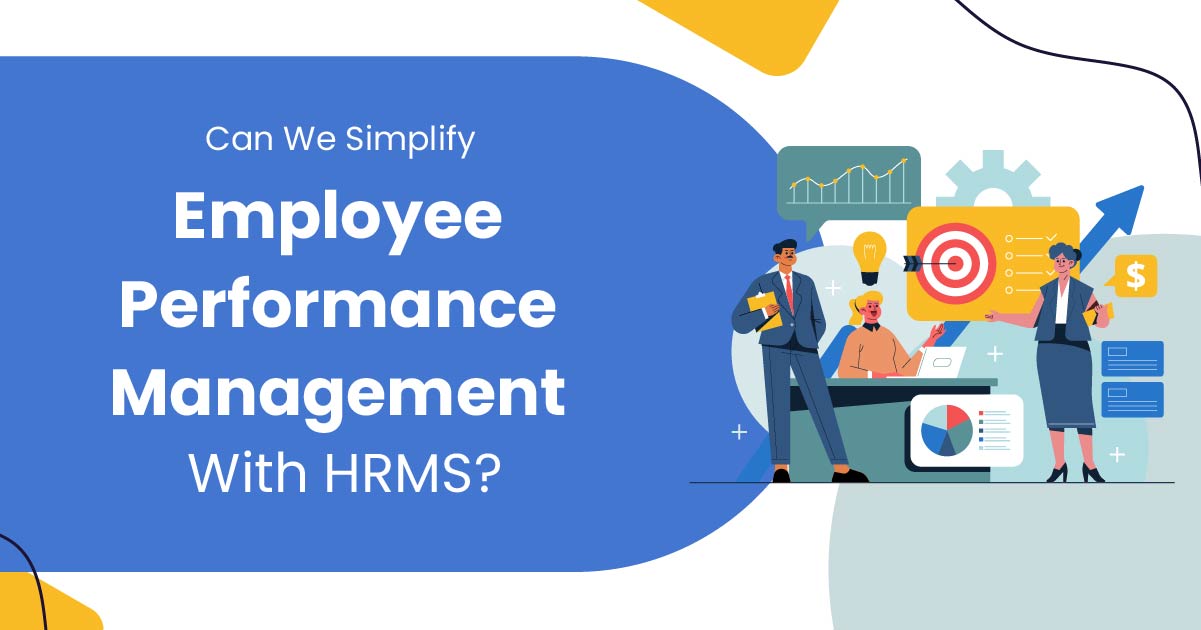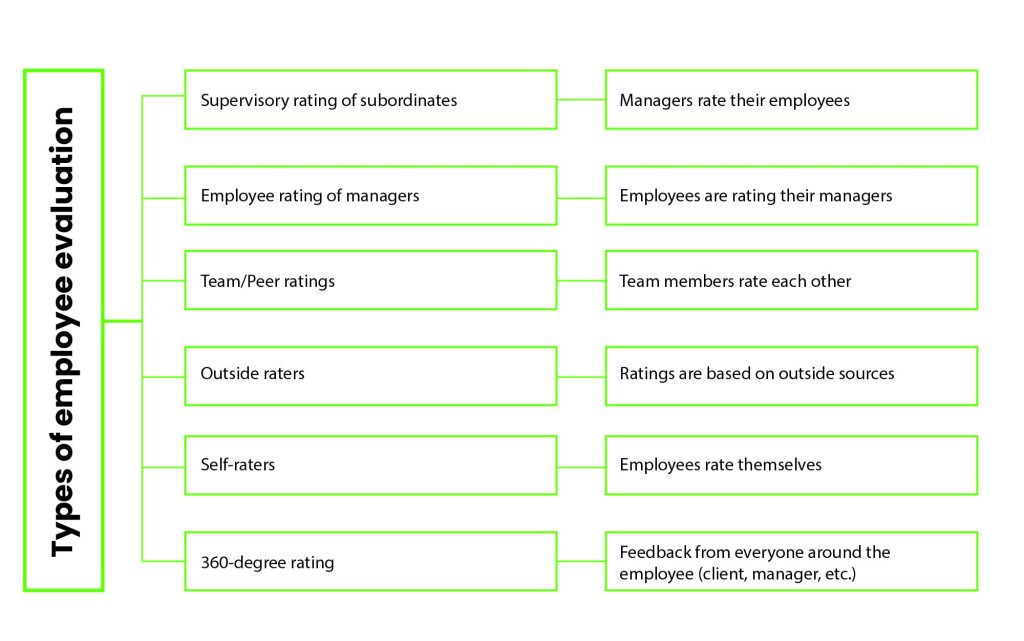Can We Simplify Employee Performance Management with HRMS?

HR personnel often struggle with managing employee performance and making sound decisions related to employees’ annual appraisal process. Outdated methods like manual performance management or leveraging software with poor efficiency make the overall process time-consuming and hectic for HR personnel. Employee performance review with HRMS have gained acceptance from HR managers globally, making performance reviews simplified and effortless.
The blog contains practical steps to simplify performance management with the best HR management software followed by a case study that showcases its effectiveness.
Steps To Simplify Performance Review Methods with Smart HRMS
HR managers adopt various strategies to retain top talents, including work-life balance, salary-related issues, etc. Factors like rewarding employees’ contributions, unbiased performance review with HRMS, having a quick and transparent appraisal process, etc., impact employees’ decision to retain in the company. Find the best practices to simplify the employee performance management process-
1. Create the performance evaluation criteria
A survey conducted for Gen Y employees/ millennials states that 30% of employees switch their jobs within six months of joining an organization. Employee demographic ranges from age 18-34 who are more likely to switch jobs and approximately 40% of them state that they don’t feel valued at their current organizations.
Joe Carella, the Assistant Dean at Eller College of Management, University of Arizona, states that “Traditional models of providing feedback are less liked by millennials. They want more emphasis on instant feedback and the immediate connection to the work that they’re doing.”
The data showcase the importance of having smart and effective employee performance review with HRMS software. CEB researchers found that eliminating annual performance reviews drops employee engagement and performance by 10%. Thus, HR managers must create a structured performance evaluation method that promotes employee collaboration and engagement. Consider multiple factors, like employees’ KRA, organizational objectives, behavioral factors, etc. Leverage smart performance evaluation software to streamline performance criteria, daily workload, project management, etc.
2. Track Performance Reviews
Companies that eliminate annual performance reviews witnessed a drop in the manager’s conversation with employees by 14%, informal feedback from managers dropped, and employee engagement dropped by 6%. Leveraging cloud-based performance and attendance tracking systems becomes crucial to prevent such scenarios.
Smart performance management system in India provides a complete dashboard to HR managers, allowing them to send real-time notifications and reminders. It makes the employee appraisal process on time, by sending timely reminders to employees and managers. Further, the tool helps the admin track, manage, and save performance review data along with considering employees’ feedback on the managers’ reviews.
3. Analyze Gathered Information
Performance review with HRMS become impactful due to thorough analysis and management. Admins can now easily gain employees’ responses on appraisal and performance review processes, similarly, managers get a complete 360-degree analysis of employees’ performance. It includes getting transparent progress checks on short-term and long-term goals.

There are many types of performance evaluation methods, like 360-degree feedback, self-assessment, management by objectives (MBO), rating scales, behaviorally anchored rating scales (BARS), critical incident method, checklist method, forced distribution, essay evaluation, and analyzing peer reviews. It all helps in gathering employee performance reviews and assist the management to considerably proceed with employee appraisals.
4. Discuss Feedback
Constant feedback related to tasks improve employee progress and skills. Smart attendance tracking systems provide features, like timesheets where employees can easily maintain their daily work record. It allows managers and team leaders to monitor employees’ daily work progress. Performance management with employee collaboration and constant discussion become effective and result oriented, enabling unbiased annual appraisals. Managers can share instant feedback to employees related to specific tasks and projects. It makes them communicate effectively and share productive insights that help them achieve goals.
5. Constant Improvement
Lastly, it is advisable to constantly improve the performance review with HRMS management. Every business differentiates in niche, operations, human resources, goals, and objectives. Therefore, a thorough analysis must be done to improve the annual or regular employee performance management.
Adobe Case Study Explained
One of the popular and biggest tech giants, Adobe faced high employee attrition rates due to its poor performance management system using traditional practices. Adobe used to practice rating-based performance review system on a scale of 1 to 4 where employees felt unvalued and the Adobe manager called it a “soul-crushing exercise.”
Therefore, in 2012, one of the company’s leaders, Morris established a more flexible, transparent, engagement-oriented review systems between managers and employees, and abolished the traditional & ranking-based system. The report of the Corporate Executive Board (CEB) surveyed Fortune 1000 companies and stated that number of employees ditching the traditional performance reviews and opting for the qualitative approach rose to 12% in 2014 from 4% in 2012.
Another CEB surveyed conducted on 13000 employees worldwide, states that 66% of employees are dissatisfied with the performance management system and hinders their productivity. Similarly, 65% of them agreed that manual and rating-based system includes scope of work that does not relate to their work areas and KRAs.
The qualitative approach of reviewing employee performance at Adobe led to constant feedback and 80% of employees agreed that their managers were open to feedback and effective communication. Smart performance reviews with effective approach has saved 80,000 hours for managers a year, that is equivalent to approximately 40 full-time positions. Tools like smart payroll management software and cloud-based HR software play a vital role in ensuring employees feel valued and connected with the company, as these enable a transparent performance management system in companies.
Ending Note
HR managers can effectively integrate smart performance management software to foster transparent and unbiased performance review with HRMS. The mentioned points and case study in the blog showcase the importance of employee-centric performance evaluation approaches that promotes capability-building among the workforce. If you’re planning to integrate effective practices to your organization, make the thorough analysis of problems your company currently faces. Analyse the gap and fulfil it with strategic approaches.
